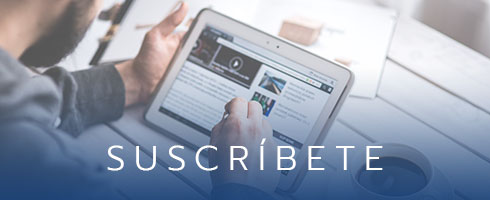Content
Balance sheet liabilities, like assets have been categorized into Current Liabilities and Long-Term Liabilities. Once your balances have been added to the correct categories, you’ll add the subtotals to arrive at your total liabilities, which are $150,000. The Current Assets list includes all assets that have an expiration date of less than one year. The Fixed Assets category lists items such as land or a building, while assets that don’t fit into typical categories are placed in the Other Assets category. The classifications used can be unique to certain specialized industries, and so will not necessarily match the classifications shown here. Whatever system of classification is used should be applied on a consistent basis, so that balance sheet information is comparable over multiple reporting periods.
- However, it is important to first classify the assets and liabilities and current and non-current as a bare minimum.
- It have been viewed at on its own and in conjunction with several other statements like the income statement and a cash flow statement for getting a full picture of the health of a company.
- Current liabilities can be due within 12 months and are listed in order of their due date.
- MM tax did not have any intangible assets, long-term investments, or long-term liabilities; therefore, these sections were not included in the balance sheet.
Long-term investments are those securities that would not or cannot be liquidated in the upcoming year. Prepaid expenses also represent the value which has already been paid for, such as advertising contracts, insurance or rent. Cash and cash equivalents can be the most liquid assets and could be including short-term certificates of deposit and treasury bills, as well as hard currency. For this particular reason, the balance sheet should be compared with those of previous periods. Also, it should be compared with the of other businesses in the same industry.
Chapter4: Completing the Accounting Cycle
To ensure you’re allocating resources effectively, you’ll want to run financial reports often. Make sure your accounting system can track all of these accounts and compile data in real-time. Review all your assets, investments, and business risks. This will let you pinpoint specific assets, equities, and liabilities that must be tracked consistently. https://www.bollyinside.com/featured/the-primary-basics-of-successful-cash-flow-management-in-construction/ Prepare the statement – Finally, the statement must be created, and the accounting equation must be balanced to ensure accuracy. Include land purchased for speculation, funds set aside for a plant expansion program, funds redeemable from insurance policies (e.g., cash surrender value of life insurance), and investments in other entities.
Here’s a list of the most common assets found in each section. There’s no standardized set of subcategories or required amount that must be used. Management can decide what types of classifications to use, but the most common tend to be current and long-term. The results reveal the company is in a very strong financial position and can easily meet all of its liabilities with its current asset base.
Analyzing a balance sheet with ratios
The current ratioRatio used to evaluate a company’s ability to pay its short-term obligations, calculated by dividing current assets by current liabilities. Is one measure of a company’s ability to pay its short-term obligations. It is defined in Exhibit 4.10 as current assets divided by current liabilities. This format is important because it gives end users more information about the company and its operations. Creditors and investors can use these categories in theirfinancial analysisof the business.
- Its a liabilities (specifically, as the long-term debt account) will also be increase by 4,000 USD, balancing the two sides of the equation.
- The balance sheet is indeed a very helpful financial statement, but it also poses challenges.
- Shareholders equity does not been directly related to a company’s mention market capitalization.
- Current liabilities and their account balances as of the date on the balance sheet are presented first, in order by due date.
- Preferred stock can be assigned as an arbitrary par value.
The operating cycleNormal time between paying cash for merchandise or employee services and receiving cash from customers. Is the time span from when cash is used to acquire goods and services until cash is received from the sale of goods and services. “Operating” refers to company operations and “cycle” refers construction bookkeeping to the circular flow of cash used for company inputs and then cash received from its outputs. The length of a company’s operating cycle depends on its activities. For a service company, the operating cycle is the time span between paying employees who perform the services and receiving cash from customers.
Personal Budget Template
Usually, assets are categorized in order of liquidity and liabilities by their due date. A traditional balance sheet does not necessarily do this. To prepare a classified balance sheet it is necessary to gather the required information, define balance sheet categories, classify the accounts, and construct the statement. Companies have many reasons for producing classified balance sheets.
A balance sheet lists current assets before noncurrent assets and current liabilities before noncurrent liabilities. This consistency in presentation allows users to quickly identify current assets that are most easily converted to cash and current liabilities that are shortly coming due. Items in current assets and current liabilities are listed in the order of how quickly they will be converted to, or paid in, cash.
Each type of asset should have its own contra account to capture accumulated depreciation. Leverage – By looking at how a company has been financed it indicates that how much leverage it is having, which also indicates that how much financial risk the company is ready to take. Comparing debt to total capital and debt to equity are ordinary ways for assessing leverage on the balance sheet. For e.g., if a company is taking out a five-year, 4,000 USD loan from a bank.
What are the 3 types of balance sheets?
- Comparative balance sheets.
- Vertical balance sheets.
- Horizontal balance sheets.
